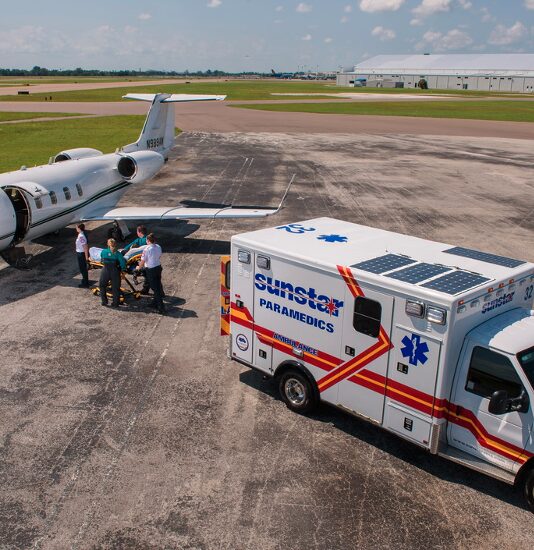The Growing Demand for Telemedicine in Travel Assistance Services
The Growing Demand for Telemedicine in Travel Assistance Services is reshaping how travelers access care. Discover how rapid virtual diagnosis is saving time and easing stress abroad.

Telemedicine In the fast-paced, globalized world we live in, travel is no longer a luxury—it’s a necessity.
Whether for business, leisure, or emergencies, millions are constantly on the move. However, health issues don’t pause for passports. That’s where telemedicine comes in.
Telemedicine is the remote diagnosis and treatment of patients using telecommunications technology. It’s not new, but its role in travel assistance services has grown exponentially, offering solutions to travelers needing quick, convenient medical support anywhere in the world.
Why Travelers are Turning to Telemedicine
Travelers face unique challenges—language barriers, unfamiliar healthcare systems, and limited access to trusted providers. Here’s why telemedicine is their new go-to:
- On-the-go convenience: No more rushing to a clinic in an unknown city.
- Language and cultural ease: Many telehealth platforms offer multilingual support.
- Affordable care: Avoiding emergency rooms can drastically reduce medical bills.
The Role of Telemedicine in Non-Urgent Care
Telemedicine excels in handling non-emergency health issues that, while not life-threatening, can ruin a trip if untreated. These include:
- Skin rashes
- Allergic reactions
- Gastrointestinal issues
- Mild infections
- Chronic illness management
Instead of sitting in a foreign ER for hours, travelers can now connect with a physician in minutes.
Benefits of Rapid Diagnosis via Telehealth
Time is everything when you’re traveling. Here’s how rapid telehealth consultations make a difference:
- Immediate diagnosis for common symptoms like sore throats or UTIs.
- Medication guidance or electronic prescriptions sent to local pharmacies.
- Peace of mind knowing that a professional has evaluated your condition.
This quick turnaround can save an entire vacation—or a business deal.
Spotlight: Telehealth Access for America Patient Stories
Telehealth Access for America has documented numerous heartwarming success stories that underline the power of remote care. These stories highlight how telemedicine has bridged the gap between distance and quality care.
Technology That Enables Telemedicine Abroad
Several tools make remote travel care possible:
| Tool | Function |
| Mobile Apps | Video calls, symptom checkers |
| Wearables | Vital sign monitoring |
| e-Prescriptions | Local pharmacy fulfillment |
These innovations allow physicians to diagnose remotely with confidence.
Barriers to Adoption & How They’re Being Overcome
Though popular, some hurdles exist:
- Internet limitations in remote areas
- Lack of awareness among older travelers
- Regulatory restrictions across countries
Solutions include offline capabilities, multilingual apps, and global health partnerships.
Comparing In-Person vs. Virtual Travel Healthcare
| Aspect | In-Person Care | Telemedicine |
| Accessibility | Location-dependent | Anywhere with internet |
| Speed | Long wait times | Often under 20 minutes |
| Cost | Expensive in foreign ERs | Typically affordable |
| Comfort | Unfamiliar environment | Comfort of hotel/home |
For non-urgent care, telemedicine clearly shines.
COVID-19’s Role in Accelerating Adoption
The pandemic made telehealth mainstream overnight. Travelers now expect:
- Remote symptom checks
- Virtual health clearances
- Minimal in-person interaction
This shift in behavior is here to stay, even post-COVID.
Regions Leading the Telehealth Travel Revolution
- U.S. and Canada have robust platforms like Teladoc and Amwell.
- Europe has seen strong adoption, especially in Spain and the UK.
- Southeast Asia is rapidly embracing telemedicine in tourist-heavy areas.
These regions offer reliable virtual care to tourists.
The Role of AI in Telemedicine Travel Solutions
Artificial Intelligence helps with:
- Smart symptom analysis
- Real-time translation
- Predictive diagnostics
It enhances accuracy and user experience, making care faster and smarter.
Future Trends in Travel and Telehealth
Expect:
- Health alerts tailored to itineraries
- Travel apps integrated with virtual doctors
- AI-driven triage before flights
The future of travel health is personalized and proactive.
Conclusion: The New Normal in Travel Health
The growing demand for telemedicine in travel assistance services reflects a broader transformation in how we approach medical assistance while on the move. From rapid diagnoses to remote peace of mind, telemedicine empowers travelers with the tools they need to explore the world safely, confidently, and without unnecessary disruptions.
FAQs
Can I use U.S.-based telemedicine services internationally?
Yes, many platforms offer international access, though availability may vary by region.
Will my travel insurance cover telehealth consultations?
Most modern plans do. Always confirm with your provider before traveling.
What if I don’t speak the local language?
Telemedicine apps often offer multilingual support or translation features.
.




